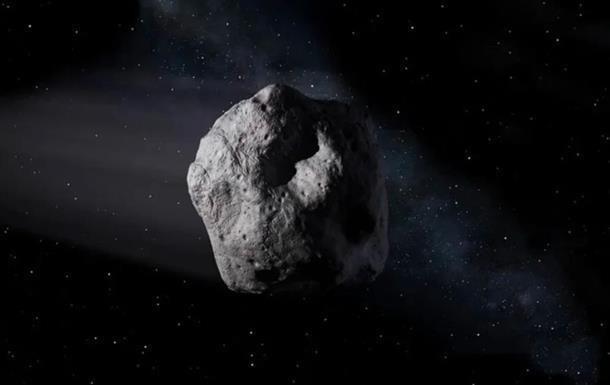
Giant Stadium-Sized Asteroid Approaching Earth at 35,396-kmph Speed
As the world remains on high alert for any signs of potential threats to our planet, NASA has confirmed that a massive asteroid is on its way to Earth, sending shockwaves across the globe. The asteroid, named 1997 QK1, is reportedly as large as a giant stadium and is hurtling towards our planet at a staggering speed of 21,994 mph (35,396 kmph).
According to NASA, the asteroid is approximately 990 feet (302 meters) in diameter, making it a significant size for an asteroid. This enormous rock is part of the Aten group of asteroids, which are known for crossing Earth’s orbit. As the asteroid approaches our planet, scientists are scrambling to gather more information about its trajectory and potential impact.
Closest Approach on August 20
The asteroid, 1997 QK1, is expected to make its closest approach to Earth on August 20 (Wednesday). As it passes by our planet, scientists will be closely monitoring its movement and speed to determine whether it poses any threat to our planet.
NASA has confirmed that the asteroid will make its closest approach at a distance of approximately 1.1 million miles (1.8 million kilometers) from Earth. While this distance is significant, scientists are still taking necessary precautions to ensure our planet’s safety.
NASA’s Response
NASA has been tracking the asteroid’s movement for some time now, and scientists have been working tirelessly to gather more information about its trajectory and potential impact. The space agency has confirmed that the asteroid does not pose an immediate threat to our planet, but they are still taking necessary precautions to ensure our safety.
In a statement, NASA officials said, “We are constantly monitoring the asteroid’s movement and speed to determine whether it poses any threat to our planet. While it does not pose an immediate threat, we are still taking necessary precautions to ensure our safety.”
What’s the Impact of an Asteroid like 1997 QK1?
If an asteroid of this size were to collide with Earth, the impact would be catastrophic. The asteroid’s massive size and speed would release an enormous amount of energy upon impact, causing massive destruction and chaos.
The impact would likely create a crater several miles wide and deep, with the blast radius potentially affecting entire cities. The shockwaves from the impact would also cause widespread destruction, including massive earthquakes and tsunamis.
Conclusion
As the world waits with bated breath for the asteroid’s closest approach, scientists are working tirelessly to gather more information about its trajectory and potential impact. While the asteroid does not pose an immediate threat to our planet, it’s essential that we continue to monitor its movement and take necessary precautions to ensure our safety.
As we wait for the asteroid’s closest approach, we are reminded of the importance of space exploration and the need for continued funding for NASA and other space agencies. By investing in space exploration, we can ensure that we are better equipped to respond to potential threats to our planet and work towards a safer future for all.
Source:






